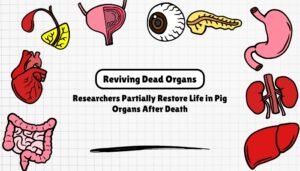New Anxiety Drug: A Possible Xanax Alternative Without Sedation
Introduction Benzodiazepines like Xanax (alprazolam) have been mainstays of anxiety treatment for decades. Yet, they come with potential downsides, including sedation, cognitive impairment, and a risk of dependence. Recently, scienti...
Read MoreLab-Grown Meat Approved: Is Cultured Meat Safe and Healthy for Consumers?
Introduction For many years, the idea of lab-grown meat—also known as cultured or cell-based meat—sounded like sci-fi. Yet advances in cell biology and food tech have propelled this concept into reality. Regulatory bodies in certain countries...
Read MoreMalaria Vaccine Breakthrough: New Shot Gives Hope in Fight Against Malaria
Introduction Malaria remains a leading cause of illness and death in many regions. The disease stems from the Plasmodium parasite, which spreads through the bites of infected Anopheles mosquitoes. Each year, millions contract malaria, and hundred...
Read MoreCancer & Gut Bacteria: Studies Show Microbiome Affects Immunotherapy Success
Introduction The effectiveness of immunotherapy—particularly checkpoint inhibitors—varies among cancer patients. While genetic mutations, tumor markers, and general health are known factors, a new actor has emerged in recent years: the gut mi...
Read MoreReviving Dead Organs: Researchers Partially Restore Life in Pig Organs After Death
Introduction The boundary between life and death has always been sharply defined in medicine: once the heart stops and circulation ceases, organs rapidly deteriorate. Within minutes, cells begin to die due to lack of oxygen and nutrients. This bi...
Read More




